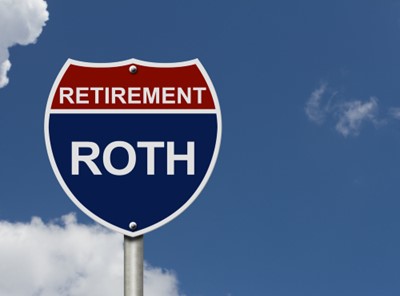Recently, I helped a client analyze upcoming changes to her retirement plan after a company merger and uncovered an obscure rule that was buried deep in the SECURE 2.0 Act. This little-known rule (Section 603) will have a significant impact on many employees over the age of 50 and force changes in how companies provide retirement plans for their employees.

Historically, employees over age 50 could annually make tax deductible catch-up contributions to their retirement plan accounts. In 2023, that amounts to $7,500 in addition to the $22,500 annual maximum that all employees can contribute to a company plan. Congress changed that rule beginning in January of next year (2024). In 2024, the catch-up contribution for high earners (those that make $145,000 or more in 2023) will be forced to contribute their catch-up amount ($8,000 in 2024) to a Roth option in their company’s retirement plan. The money will then grow tax-free in the Roth account, but they will pay income tax on that contribution in the current year rather than deferring it to later years. Earners that make $144,999 or less will not be affected by this new rule change and can continue to defer catch up contributions on a pre-tax basis.
The “Rothification” of these catch-up contributions not only creates change for many employees over age 50, but also creates immediate problems for employers as well. Companies that don’t currently offer a Roth option in their 401k will be required to do so under IRS regulations. Plans are required to offer catch-up contributions to their participants, forcing these companies to add the Roth option for all participants by the time the ball drops in Times Square on January 1st, 2024.
While losing the tax deferral benefit can be detrimental to many, there are some additional benefits to those participants that are over age 59. In 2025, the SECURE Act 2.0 will allow participants who are ages 60, 61, 62 or 63 to increase their catch-up contribution to 150% of the 2024 amount from $8,000 to $12,000. Those dollars will be moved into a Roth 401k account, but will allow for greater catch-up contributions to continue as participants save for retirement.
If you’re over age 50 and a high earner, you will still be able to save more for retirement in 2024 and beyond, but without the tax deduction. Just as we helped our client update her financial plan based upon these changes, we’re happy to help you and your family navigate through these changes to work towards your retirement goals.
